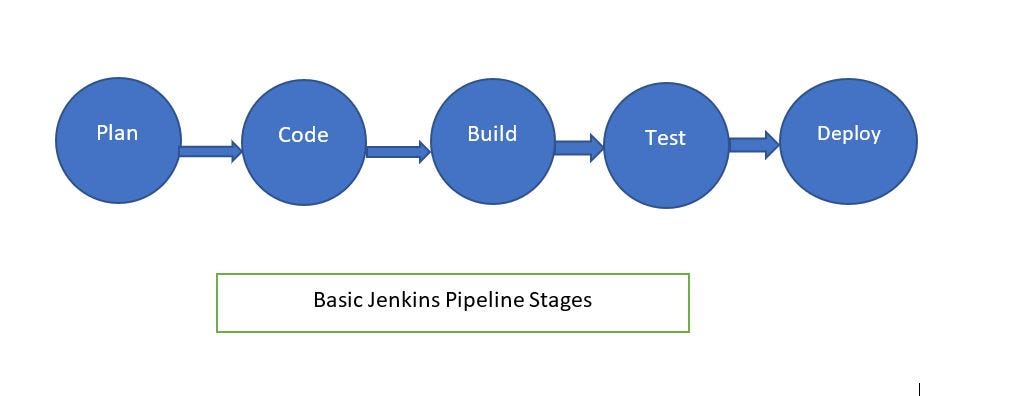Hi everyone, in this post I will be focusing on making a build pipeline in Jenkins.
“There should be two tasks for a human being to perform to deploy software into a development, test, or production environment: to pick the version and environment and to press the “deploy” button.”- David Farley
Prerequisite- Docker, Jenkins basics.
Before starting let us know what Jenkins is?
Jenkins is basically an open source automation server which can help in reducing the efforts of Integration and Deployment in a software development life cycle. It is written in Java. It reduces the gap and establish a link between the developers and operations team by automating the building, testing and deployment of applications.
I hope now you understood what Jenkins is and why we use it. So, now let us move on to making a Jenkins pipeline for building and deploying a Java application. Jenkins pipeline is a group of tasks or event which are interlinked to each other which means if any of the task in a pipeline fails then next task in a pipeline will not be executed and overall build will be failed. For the build to be successful, each event or task needs to be executed successfully. For making a pipeline we can either make use of Jenkins file or can configure it inside projects settings inside Jenkins.

Basic Jenkins Pipeline Stages
Before staring, I am assuming you have installed Jenkins on your machine. You need following plugins installed in your Jenkins:
- Credentials
- Credentials Binding Plugin- To get Credentials in you Jenkins file.
- Delivery Pipeline Plugin
- Pipeline Plugin
- Docker Plugin-If you are building docker image.
- GitHub Plugin-If you are pushing your code via GitHub
#docker #jenkins #devops
